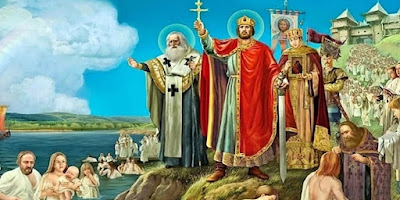Batu founded the Golden Horde, a large territory on the outskirts of the Mongol Empire. His father, Jochi, was possibly a son of Genghis Khan; based on his relations with known family of Genghis, this could well have been the case. In fact, Genghis' will left 4,000 Mongol soldiers to Jochi's family. Upon Jochi's death, the remaining children agreed that Batu should succeed him.
Genghis' son and successor, Ögedei, got along with Batu, who would have been Ögedei's nephew. Together they made conquests of other peoples, including forays into China. Ögedei gave lands in northern China to Batu after successful campaigns.
By 1235, Batu had conquered the Crimean Peninsula, and Ögedei wanted Batu to continue westward and conquer Europe. Batu and several relatives (including Güyük, Möngke, and others) with an army of perhaps 130,000 crossed the Volga River and invaded Bulgaria in 1236. A year of fighting led to success.
Batu then sent men west to Vladimir-Suzdai (east of Moscow) demanding allegiance, which was refused. Batu invaded and in less than a week destroyed the city of Ryazan (it recovered; now it has a population of over a half million). The Horde burned Moscow, and made short work of any who dared oppose them. Batu divided the army and sent the subdivisions all over Kievan Rus, subduing and destroying cities. Only Smolensk and Novgorod survived, the one because it surrendered and the latter because it was too distant (and separated by marshlands) to bother with.
Trouble arose when Batu was ridiculed by his cousins, annoyed that he had claimed a large and fertile territory. They mocked him and walked out of a banquet. Batu complained to his uncle, who recalled the two chief offenders, Buri and Ögedei's son Güyük. Buri was sent home, but Güyük was reprimanded by his father and sent back to the Russian steppe.
Then they planned the invasion of Europe. We'll pick up that story tomorrow.









